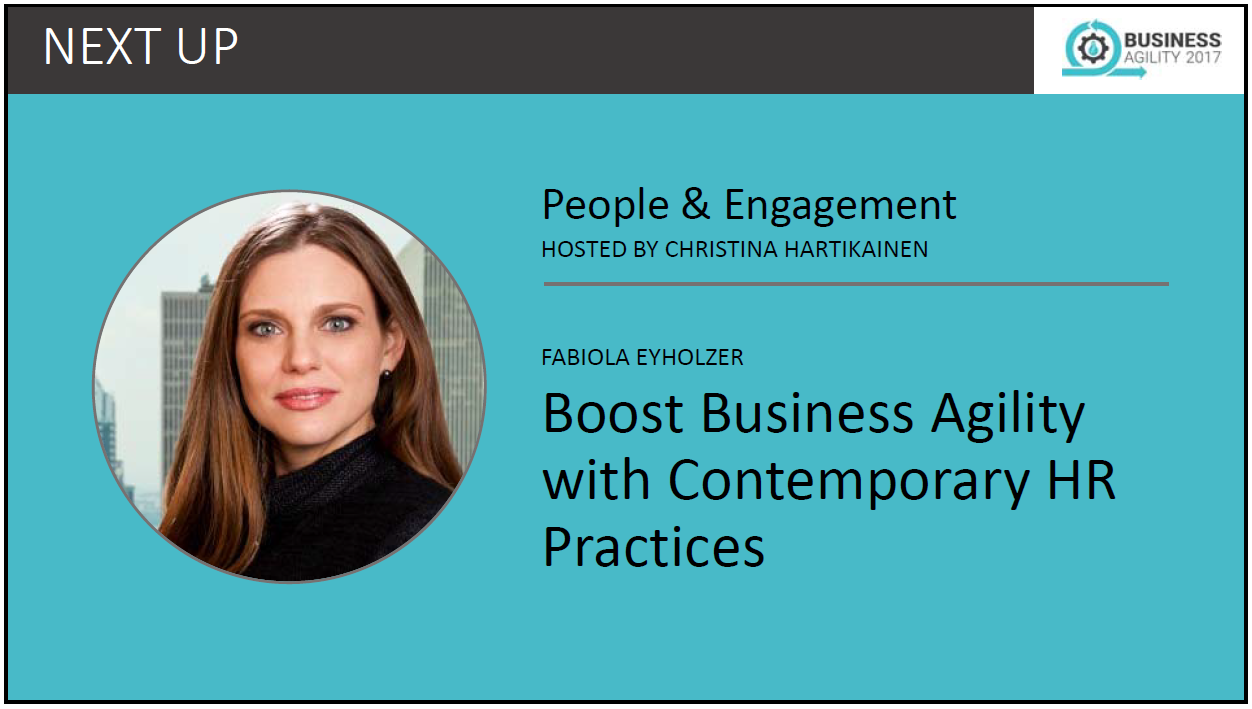Thank you, Christina. Doesn't she look amazing in her Star Wars dress? Did you see that? Really cool.
Good afternoon, everyone. 88% of people in the workplace are disengaged, disillusioned, and dissatisfied. And this is at a time when we depend on their intrinsic motivation. You can have the best strategy and the best building in the world, but if you don’t have the hearts and minds of the people, nothing will come of it.
We live in VUCA times—or as the Chinese curse says, “May you live in interesting times.” And we certainly do. At the core of this change is technology. The innovations being created every day are mind-blowing. Who would have thought that the construction industry would be revolutionized by 4D printing? If construction can be disrupted, no industry is safe.
Changing the Way We Lead
With all this disruption, the way we interact with and lead people is changing. Who here has an Uber or Lyft app? Congratulations, you’re all ruthless middle managers. Why? Because you rate a driver, and if their rating drops, they get fired. There’s no waiting until the end of the year for a formal performance appraisal or an improvement plan—they’re gone.
Algorithmic management is changing leadership. At the same time, employee expectations are evolving. Yesterday, Steve Denning mentioned that people want value, and they want it fast. This is transforming how we engage with employees. The consumerization of HR is the number one HR trend this year. Companies are rethinking how they create experiences for employees—from gamification in recruiting to virtual reality simulations of working within a team.
One size no longer fits all. We now have five generations in the workforce for the first time in history, making things even more complex. Add to that the gig economy and the war for talent, and these challenges are a ticking time bomb for HR.
HR’s Role in Business Agility
HR has long been seen as important, but rarely urgent. That must change. We cannot solve today’s challenges with 19th-century thinking. We need to break free and work differently.
HR is going to change, whether we like it or not. Make no mistake—HR is the key to business agility. If we don’t fix how we approach people, we will never become a truly agile enterprise.
The Business Case for Employee Engagement
People often dismiss HR as warm, fluffy stuff. But let’s talk facts. High employee engagement leads to smarter investments and greater success. A highly engaged workforce results in:
- 9% higher shareholder value
- 2.5 times higher revenue
- Twice the annual net income compared to competitors with lower engagement
That’s not fluff. That’s hard data.
The New Mandate for HR
HR must create engaging, inspiring, and fun workplaces where people can thrive. That means stripping away unnecessary tasks. Why should HR handle payroll? Give it to finance. Why should they deal with legal contracts? Let legal handle it. Free up HR to focus on people.
Agile HR has two key components. First, it transforms the way HR works and delivers value. Second, it supports the agile organization by aligning HR policies and practices with agile values. This is the real challenge—translating agile principles into HR processes.
HR teams care about people, but they need help. Simply sending them to an Agile or Scrum Master course won’t be enough. They need guidance in rethinking their approach. Help them on this journey.
Agile Values and HR
1. Agile Trusts People
Bjarte spoke about trust yesterday, and we must walk the talk. Most organizations include "trust" and "respect" in their values, yet their processes suggest otherwise. In HR, unless you work in recruiting or talent management, you mainly deal with the “problem employees”—the thieves and crooks. This creates a cynical mindset, which we call the "Douglas Effect."
Douglas represents the worst employee imaginable. Every HR policy is designed to keep Douglas in check. But in doing so, we forget about our best employees. Instead of worrying about how Douglas might exploit the system, consider how these policies demotivate top talent.
2. Empowerment
Agile is about empowerment. That extends to HR as well. Employees should own their development. HR provides the platform—conferences, learning sessions, mentorship—but employees decide what aligns with their career goals. They give feedback, rate experiences, and help shape future learning opportunities.
3. Honesty and Authenticity
HR is so driven by legal concerns that it has lost authenticity. How can HR have honest conversations when legal scripts everything they can and cannot say? Instead of worrying about lawsuits, perhaps we should focus on treating people with honesty and respect. If we change how we treat employees, they might change how they treat us.
4. Respecting Individuality
One size no longer fits all. HR must accommodate individual needs. Employees have personal lives, and sometimes personal issues take priority. We must support them while also embracing diversity of thought within teams.
5. Agile is a Team Sport
Success isn’t about having one superstar. Anyone who has seen the TED Talk on “super chickens” knows what I’m talking about. It’s about the team.
That means the hiring process is a team decision. HR doesn’t decide. The manager doesn’t decide. The team decides. Hiring hackathons, real-world challenges, and hands-on collaboration help assess not just skill sets, but also culture fit. Will we enjoy working with this person? Would we go for a drink with them?
Instead of irrelevant interview questions like, “How many ping-pong balls fit in the Empire State Building?” ask about real-world adaptability. How have they adjusted when their career path took an unexpected turn?
Final Thoughts
HR must empower employees, recognize contributions, and respect individuality. It’s time to rethink our approach.
Because if you want to win the marketplace, you must first win the workplace.
Thank you.




